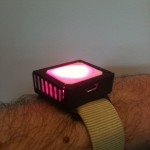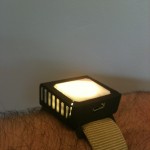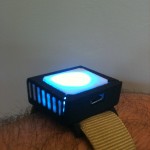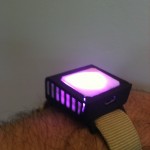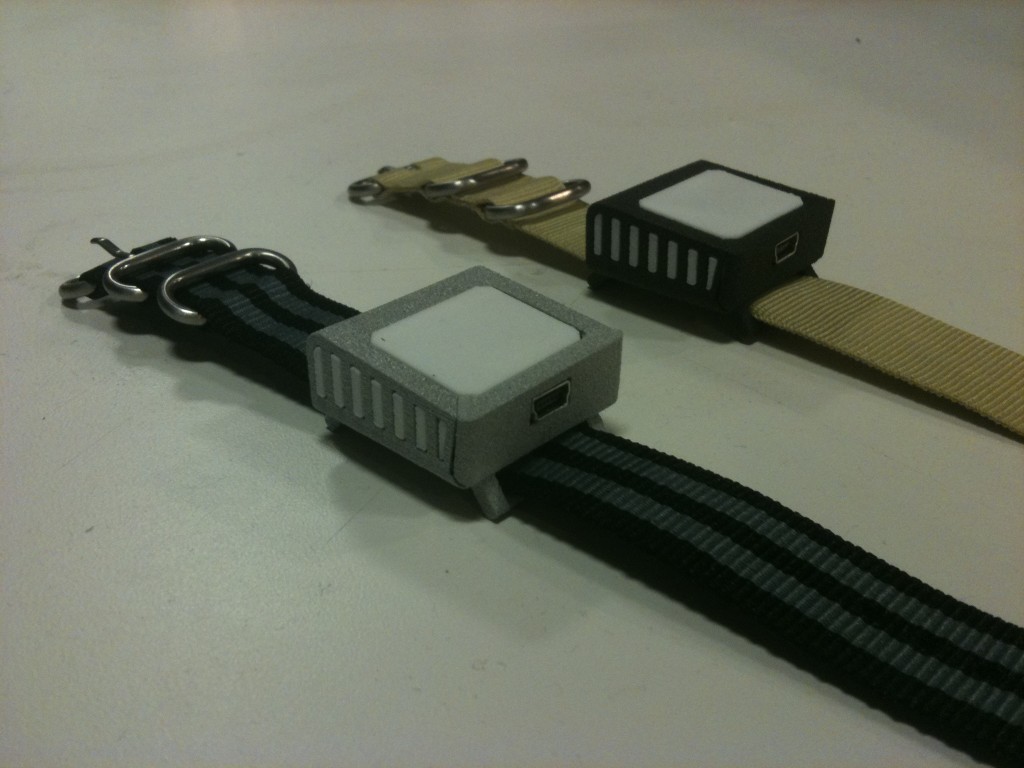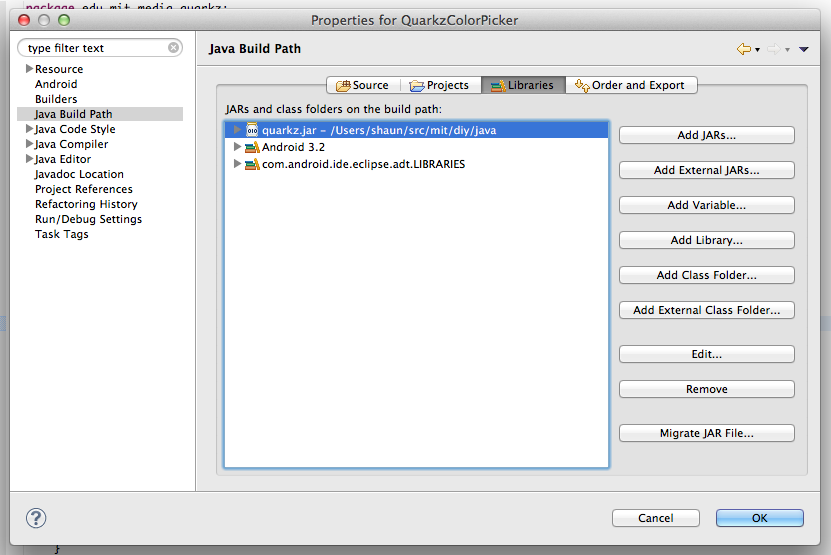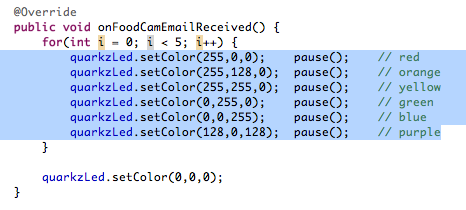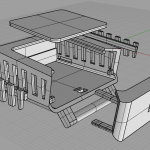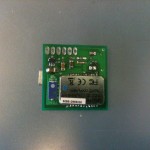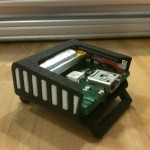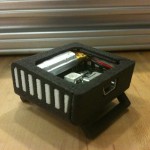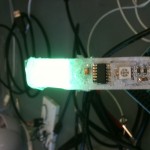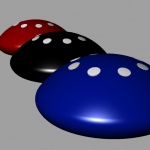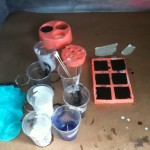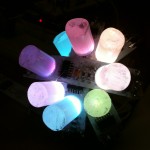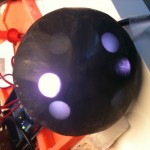Quar.kz are small, wearable, wireless full color lights that you can connect and control with your favorite android apps as they run in the background on the phone in your pocket.
Using the free and open android API provided with the quar.kz product, you and third party developers can build android applications to control the light in interesting ways. Just include the quarkz.jar file into your android app and get building!
Example Color Picker App Video
For example, this application causes the watch to quickly cycle through the colors of the rainbow to notify the wearer that there is delicious food waiting over at the Media Lab’s “foodcam” counter.
And this application monitors a website for traffic, causing the watch to blink various colors depending on how many requests per second the website is currently receiving.
Quar.kz will be made out of injection molded plastic (from ProtoMold), with a circuit board (to be printed and assembled at Seeed Studio), and rechargeable battery (SparkFun) on the inside.
The wristband is produced by a third party, and the watch can either be sold with or without the band. According to the production plan below, with an initial run of 500 units, the watch can be sold for $129.99, with 150% markup.
This is a reasonable target, as other smartphone bluetooth accessories currently on the market are on par with this price: FitBit Ultra ($99.95), Sony SmartWatch ($149.99), iPod Nano ($129), Nike+ FuelBand ($149), Motorola Motoactv ($249.99), and BodyMedia FIT LINK ($199).
Initially, quar.kz was a very different product. It was intended to be a small, amulet-like device that users could carry around and “acquire” knowledge sources (books, museum exhibits, etc) by scanning them with the embedded RFID reader. Every scan would be relayed to the mobile phone in the user’s pocket, which would in turn relay the information to a central website via WiFi. Users would gradually build up a collection of knowledge that they have come across in life, and their amulet would display this profile via colored lights (if science is represented by green for example, and the user has mostly encountered science related sources, the amulet would be mostly green).
The problem with this product, however, was that it would have been too expensive to produce. With the bluetooth chip, RFID reader, and time intensive molding and casting production technique, I would have only been able to sell it for $175, with just 100% markup.
Instead, I decided to modify the design, stripping out all the components except for the bluetooth chip and LED, and opened up the hardware with an android API to let the user decide what behavior the LED should have. In this way, the original knowledge gathering idea could be just one of many applications that could be created with this device by users and third party companies.
Eventually, I’d like to create a whole line of controllable, single output bluetooth accessories for smartphones — a stepper-motor controlled dial, a shape-changing broach, etc — in addition to the RGB LED module.
You might be asking yourself why I didn’t make an API for iOS devices, too. Well, let me assure you that I wanted to and that I tried. However, after much research and frustration, I figured out the following steps that one must take to build a bluetooth accessory device for iPhones, which I sadly do not have the time, money, or resources to follow at this time:
1. Apply to the Made for iPod (MFi) program
2. Sign an NDA (!)
3. Get a credit review (!!)
4. Wait 14 business days for approval
5. Download:
- Mac OSX Lion 10.7 or greater
- XCode 4.2 or greater
- iOS 5 SDK
6. Choose the appropriate C# framework
- CoreBluetooth (for Bluetooth LE 4.0 or greater devices)
- ExternalAccessory (not sure how this is different from the above)
7. Implement Apple’s custom bluetooth authentication protocol or buy expensive bluetooth chips with specialized hardware that already do
8. Now you can finally get input/output serial streams to your device

